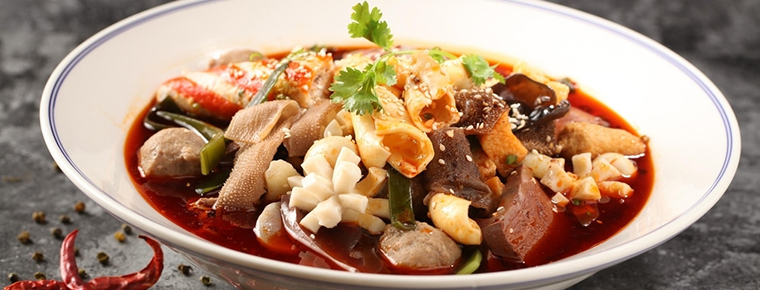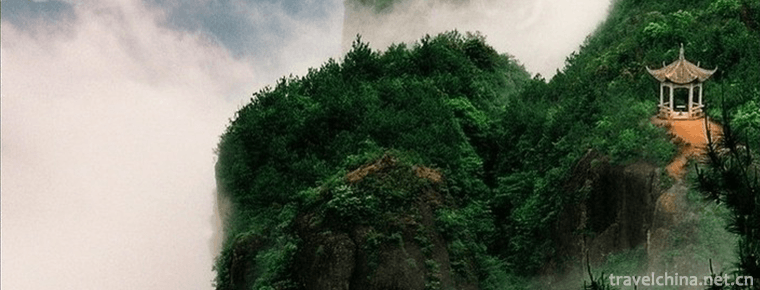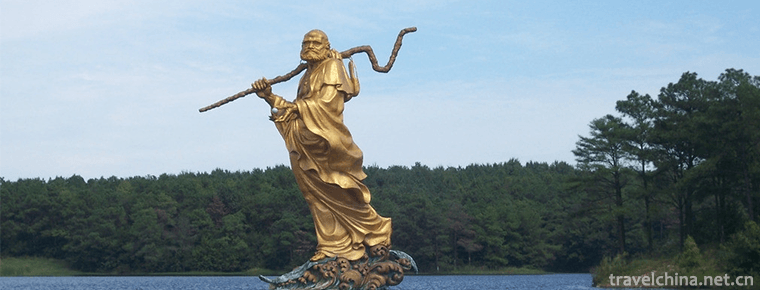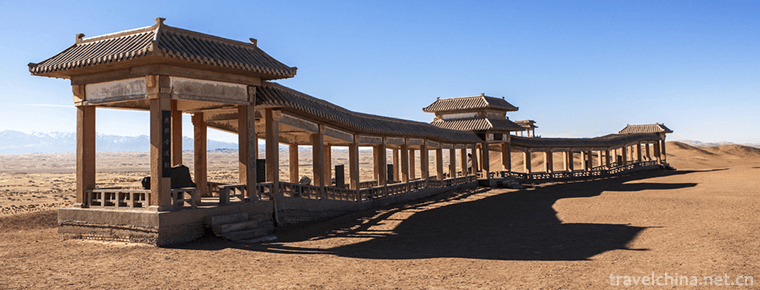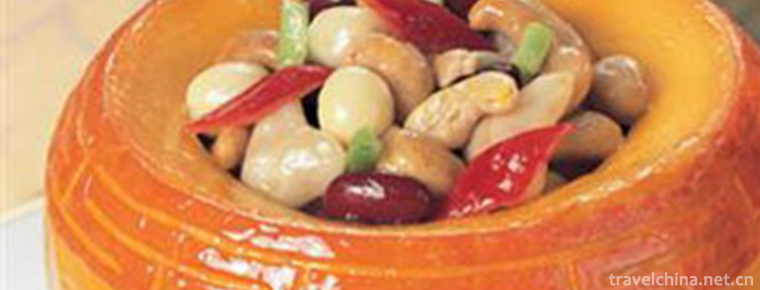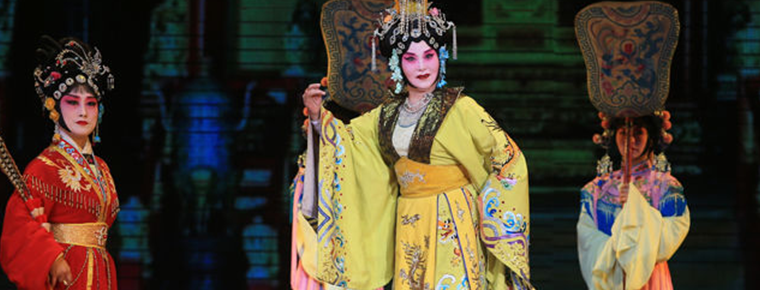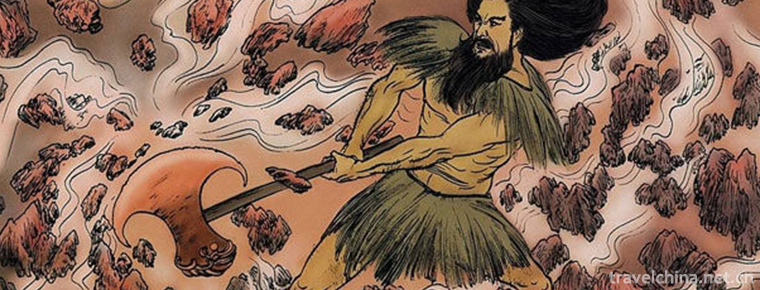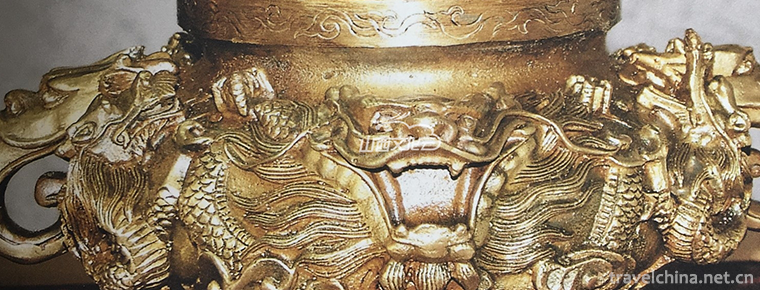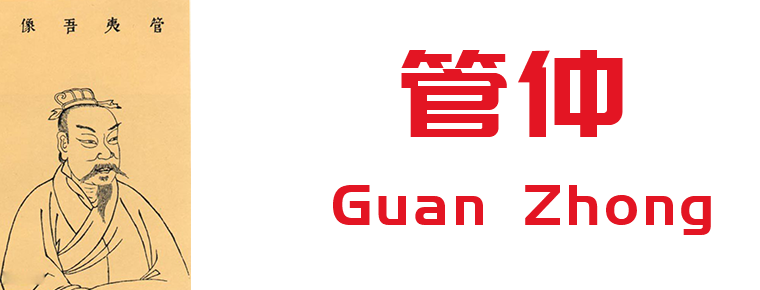South Lake
Nanhu, formerly known as Luweichi Lake, also known as Machang Lake and Luanhu Lake , is located in Nanhu District, Jiaxing City, Zhejiang Province. It is located in the southeast of Jiaxing City. Its central geographic coordinates are 120 degrees 76'longitude East and 30 degrees 76' latitude north. The scenic area covers an area of about 5.86 square kilometers, and the core area covers an area of 2.76 square kilometers.
Nanhu Lake, which is formed by the confluence of canal canals, bears long ponds and salt ponds on the upper side and drains down to Pinghu pond and Changxiantang pond. The terrain around Nanhu Lake is low and the river ports are vertical and horizontal. Hunan is long in the north, narrow in the East and west, with a water area of 624 Mu and a water depth of 2 to 4 meters.
On January 06, 2007, Zhejiang Tourism Bureau announced that Nanhu Scenic Spot was listed as "the fifty most worthwhile scenic spots in Zhejiang Province"; In May 2010, Nanhu Scenic Spot was established as the first batch of national anti-corruption education bases. On September 06, 2011, the National Tourism Administration approved the Nanhu Tourist Area as the national AAAAA scenic spot.
In Han Dynasty, Nanhu Lake was formed.
During the Three Kingdoms Period, Nanhu Lake was called Luwei Lake, and it was renamed Nanhu Lake in the Tang Dynasty. After the Tang Dynasty, it was also called Luan Lake, Yuanyang Lake, Machang Lake and Dongnan Lake.
During the Tianfu reign of the later Jin Dynasty (936-945), Qian Yuanbi, the fourth son of King Qian Mo of Wu and Yue, built a guest house on the lakeside when he was appointed as envoy of Zhongwu Festival.
Since the Northern Song Dynasty, the lakeside gardens have been built successively: Pan Shidan Garden, Gao's Garden, Nanhu Caotang, Lixiu Pavilion, Shuixin Pavilion, Lejiao Pavilion, Spoon Garden, Yan Home, Jianxiang Pavilion, Qiushui Pavilion and so on.
In the twenty-seventh year of Jiajing in Ming Dynasty (1548), Zhao Ying dredged the river in Jiaxing Zhifu and filled it with mud dug into the lake, forming an island of "five feet thick and twenty feet wide", surrounded by water on all sides, commonly known as Huxin Island. The next year, a smoke and rain building was built on the island to form a landscape.
In the seventh year of Shunzhi in the Qing Dynasty (1650), scholars from the south of the Yangtze River, led by Wu Weiye, held ten County communes in Nanhu Lake, where celebrities gathered and hundreds of boats were connected. Emperor Qianlong went to the south of the Yangtze River six times, climbed the South Lake Yanyu Tower many times, repeatedly wrote poems and personally painted the Yanyu Tower.
In October, 1912, Sun Yat-sen visited Nanhu Lake and took pictures with people from all walks of life in front of the Yanyulou rockery in the lake.
In the early August of the decade of the Republic of China (1921), the First National Congress of the Communist Party of China closed on a cruise ship in Nanhu Lake, proclaiming the founding of the Communist Party of China.
In 1932, Kim Iu, leader of the Korean Independence Movement, took refuge in Jiaxing. He hid himself on a boat upstream of the lake and held a state conference of the Korean Provisional Government on a South Lake cruise ship.
On October 1, 1959, the Nanhu Revolutionary Memorial Hall was established, with the smoke and rain building in the lake as its site, and the imitation revolutionary memorial boat in the style of the cruise ship used by the representative of the First Party of China was displayed next to Wanfu Bridge under the smoke and rain building.
In 1985, Deng Xiaoping inscribed the name of the Nanhu Revolutionary Memorial Hall.
Nanhu Lake is located in Nanhu District, Jiaxing City, Zhejiang Province. It is located in the southeastern part of Jiaxing City. Its central geographic coordinates are 120 degrees 76'longitude East and 30 degrees 76' latitude north. The scenic area covers an area of about 5.86 square kilometers and the core area covers an area of 2.76 square kilometers.
hydrographic features
Nanhu Lake, which is formed by the confluence of canal canals, bears long ponds and salt ponds on the upper side and drains down to Pinghu pond and Changxiantang pond. The terrain around Nanhu Lake is low and the river ports are vertical and horizontal. Hunan is long in the north, narrow in the East and west, with a water area of 624 Mu and a water depth of 2 to 4 meters.
Climatic characteristics
Nanhu Lake is located in Nanhu District, Jiaxing City, Zhejiang Province. Nanhu District is located in the southern margin of North subtropical zone, belonging to East Asian monsoon area. Winter and summer monsoon alternate significantly, four seasons are distinct, the temperature is moderate, rainwater is abundant, sunshine is abundant, and it has the characteristics of spring wet, summer hot, autumn dry and winter cold. Because it is located in the middle latitude, the wet and rainy weather in summer is drier than in winter. It's much shorter.
Infrastructure
In November 2016, Jiaxing City initiated the planning and design work of renovation and upgrading of Nanhu lakeside region;
In 2018, the government of Nanhu District carried out environmental renovation and upgrading project in the area of Haiyantang Road along the coast of Nanhu Lake.
brand building
On September 01, 2008, the announcement of Zhejiang Civilized Scenic Spot that Nanhu Scenic Spot is Zhejiang Civilized Scenic Spot;
On January 06, 2007, Zhejiang Tourism Bureau announced that Nanhu Scenic Spot was listed as "the fifty most worthwhile scenic spots in Zhejiang Province";
In May 2010, Nanhu Scenic Area was established as the first batch of national anti-corruption education bases.
On September 06, 2011, the National Tourism Administration approved the Nanhu Tourist Area as the national AAAAA scenic spot.
Main attractions
Nanhu red boat
Nanhu Red Ship is located on the surface of Nanhu Lake. It is a single-clip wire mesh boat, about 16 meters long and 3 meters wide. There are front cabin, middle cabin, cabin and rear cabin. The First National Congress of the Communist Party of China was held in the middle cabin.
Yanyu Lou
The Yanyu Tower is located on the island in the center of Nanhu Lake. It has two floors. It is about 20 meters high and has a building area of more than 640 square meters. In front of the building, the eaves hang the plaque of "Yanyu Building" written by Dong Biwu. The Yanyu Tower was named for the poetry of Du Mu, a poet of the Tang Dynasty, "480 temples in the Southern Dynasty, many towers in the smoke and rain". Founded in the late Jin Dynasty of the Five Dynasties (936-947), Zhao Ying dredged the river in Jiaxing Zhifu in the twenty-seventh year of Jiajing in the Ming Dynasty (1548). The mud dug into the lake was filled into the lake, and then became a small island in the center of the lake.
Nanhu Revolutionary Memorial
The Nanhu Revolution Memorial Hall is located on the South Bank of Hunan Province. Its total building area is 19633 square meters, 10 times the original building area. Among them, the exhibition hall area is 7794 square meters. The new pavilion is composed of two main buildings and three sub-buildings, with a plane of "I" shape. There are 56 eaves around the building. The image reflects the profound meaning of "the Communist Party of China is the vanguard of the Chinese working class, the vanguard of the Chinese people and the Chinese nation, as well as the leading core of the cause of socialism with Chinese characteristics". The exterior wall is made of large-scale green brick, which not only reflects the grand style of the building, but also shows the strong cultural elements of the south of the Yangtze River. The main building is overlooked in the shape of a sickle and hammer party emblem, with a total height of 19 meters and two floors. On the top of it stands the Fenggong archway in the shape of a 6-meter-high well-shaped outer inner garden. Menmei is inlaid with seven golden characters inscribed by Deng Xiaoping on the South Lake Revolution Memorial Hall.
Lake Island
Located in the center of South Lake, Huxin Island covers an area of 17 mu. In the twenty-seventh year of Jiajing in Ming Dynasty (1548), Zhao Ying, the Zhifu of Jiaxing, organized the dredging of the Chenghe River, built an island of mud and soil, and moved the building of the Yanyu Building to the island the following year. After the Qing Dynasty, Qinghui Hall, Guyun Mei, Xiaopenglai, Laixu Pavilion, Jiantang, Baomei Pavilion, East and West Royal Stele Pavilion and Visiting Pavilion were successively constructed, forming a group of ancient garden buildings with Yanyulou as the main body, pavilions, pavilions, rockery corridors and ancient tree stele inscriptions, which are scattered and delicate. They are typical gardens in the south of the Yangtze River.
Garden Show
Lanxiu Garden is located on the west side of Nanhu Lake, covering an area of more than 11300 square meters. The name of Lanxiu Garden comes from "Zhejiang Tongzhi": "Xiushui East Huihudu, Xijianyu Stream, Band Area, Solo Xiu" is a theme park of cultural relics and monuments in Nanhu Scenic Area. Lanxiu Garden is centered on "Wenxing Bridge" and "Antique Street". It is divided into two gardens, the South and the north. The west side of Lanxiu Garden is symmetrical with the central axis, with four-way courtyard style, and the east side is free and open garden layout. The garden has a stele Gallery 270 meters, inlaid with 95 large and small stele inscriptions of past dynasties.
















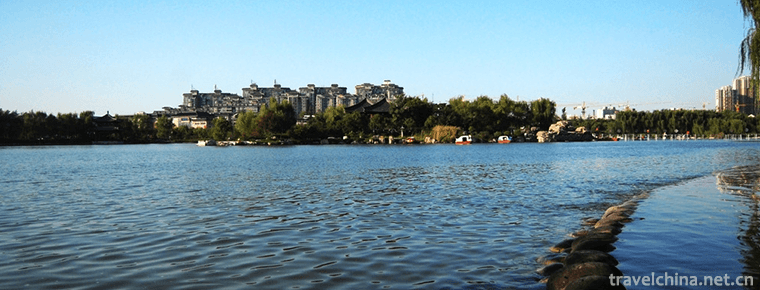
-
ShenxianjuImmortal residence
Shenxianju, a famous ancient mountain, is also known as Weiqiang Mountain. Now it is a national 5A scenic spot. There is the title of He Shu's calyx in Qianlong period of Qing Dynasty.
Views: 211 Time 2018-12-07 -
Daishan Lake
Daishan Lake is located in the ancient town of Feidong County, Hefei City, Anhui Province. Daishan Lake has a subtropical climate, warm and humid, with an average annual temperature of 15.7 degrees Ce.
Views: 216 Time 2019-01-08 -
Yang Guan
Yangguan is the throat of ancient land transportation in China and the only pass along the southern Silk Road. Located in the southwest of Dunhuang City, Gansu Province.
Views: 132 Time 2019-03-03 -
Eight treasures Orange Cup
Babao Orange Cup is a delicacy. Its main ingredients are mushrooms, horseshoe, ham and chicken breast..
Views: 529 Time 2019-03-25 -
Huai Opera
Huai Opera, also known as Jianghuai Opera and Huai Opera, is an ancient local opera. It originated in Huai'an City, Jiangsu Province, and Lixia River, Yancheng City, and originated in modern Shanghai..
Views: 198 Time 2019-05-04 -
Pangu Myth
Pangu myth, the local traditional folk literature of Tongbai County and Biyang County in Henan Province, is one of the national intangible cultural heritage..
Views: 405 Time 2019-06-08 -
Bronze Ware Making Skills Datong Copper Ware Making Skills
Datong bronze ware is a traditional handicraft of the Han nationality. It has a long history and exquisite craftsmanship. As early as the Northern Wei Dynasty, it enjoyed a great reputation. Since the.
Views: 145 Time 2019-06-21 -
Xingguo Folk Song
Xingguo Folk Song has a long history. It is said that it was sung by woodcutters who built A Fang Palace in Xingguo in the late Qin Dynasty. Xingguo folk songs are lively, diverse in form and full of .
Views: 110 Time 2019-07-08 -
Sichuan Tourism University
Sichuan Tourism College is the first independent tourism undergraduate college in China. In 2018, it was approved by the Overseas Chinese Office of the State Council as the base of "Overseas Chin.
Views: 149 Time 2019-08-31 -
Guan Zhong
Guan Zhong (about 723 BC - 645 BC) Ji surname Guan Shi, name Yi Wu, character Zhong, posthumous title, Yingshang (now Yingshang County, Anhui) A famous economist, philosopher, statesman and strategist.
Views: 187 Time 2019-09-07 -
Leshan scenic spot
As of 2018, Leshan City has 3 world-class heritages, 10 national key cultural relics protection units, 4 national intangible cultural heritages, 3 national scenic spots, 2 nature reserves and wetland parks, 3 National Forest Parks, 1 National Geological Park and 1 Mining.
Views: 327 Time 2020-12-17
